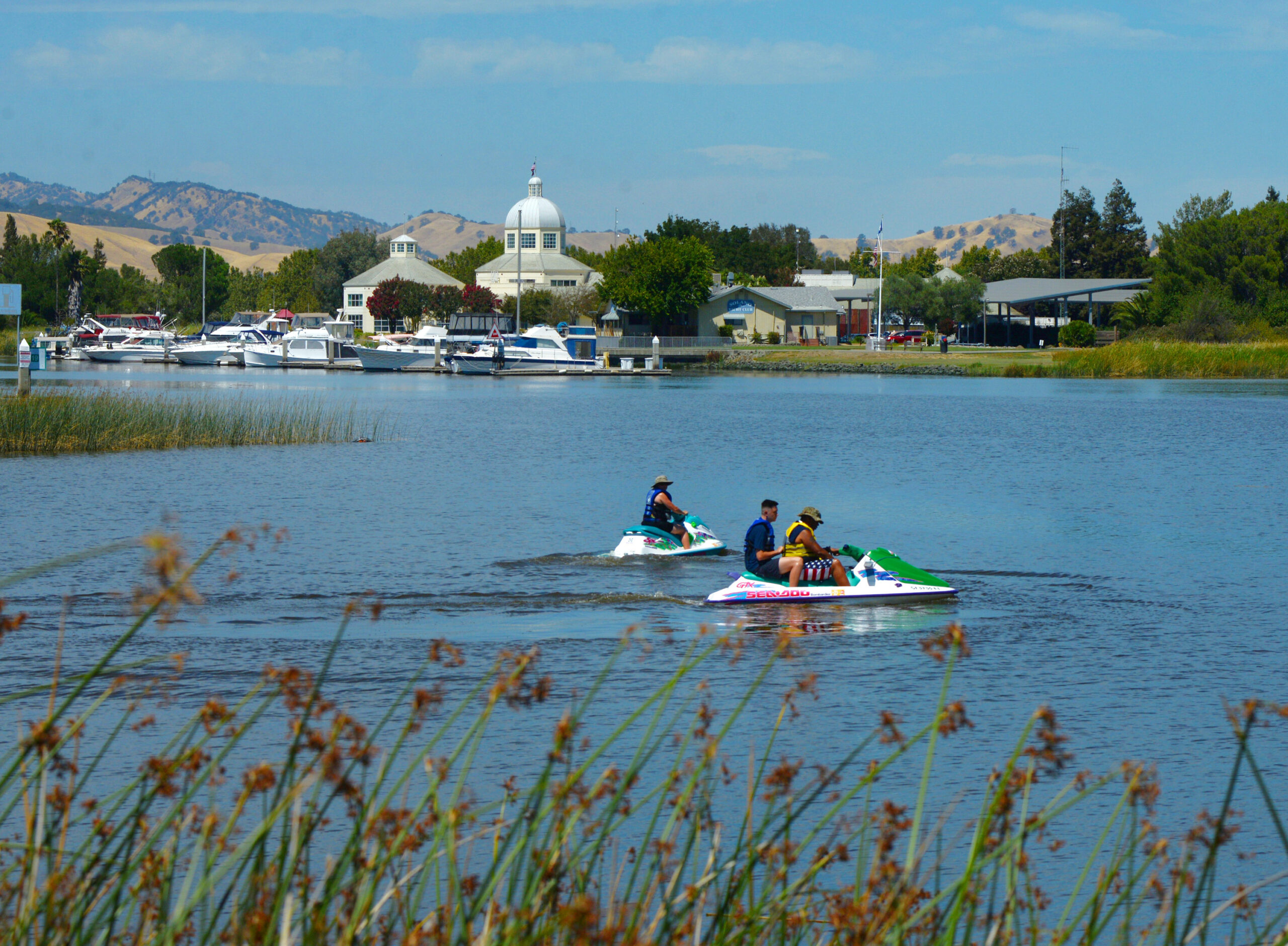VALLEJO — Once home to the oldest Navy shipyard on the West Coast, Vallejo has served twice as the state capital and is Solano County’s city by the bay with a diverse wealth of culture, attractions and events that range from Six Flags Discovery Kingdom to a historic downtown with its shopping, nightlife and restaurants.
Solano County’s largest city is located along the Mare Island Strait and San Pablo Bay and has approximately 121,254 people, according to the latest census data.
The Mare Island Naval Shipyard, established in 1854, had long been the centerpiece of the community’s economy and the cause of much of its growth. The shipyard, closed in the mid-1990s, is fast becoming a centerpiece to move the city’s economy into the next millennium.
Vallejo also offers such attractions as the popular Six Flags Discovery Kingdom, with its roller coasters and animal shows. It is home to a number of century-old Victorian houses and its educational institutions include Touro University California and the California Maritime Academy.
The Solano County fairgrounds, with its racetrack, has long called Vallejo home. The city and Solano County have plans to redevelop much of that property to bring in stores and restaurants as well as to create a creekside park and renovate the area used for the fair.
Vallejo is also a commuting point with the Vallejo ferry providing daily service to San Francisco from a terminal on the city’s waterfront.
The town was founded in 1851 and named after Gen. Mariano Vallejo. It served as the state capital twice in the 1850s, but leaky, substandard accommodations inspired legislators to move elsewhere, eventually to Sacramento.
The excellent Mare Island Strait prompted the Navy in 1852 to buy land for Mare Island Naval Shipyard. The first commander was David Glasgow Farragut, who later gained fame during the Civil War for capturing Mobile, Alabama, and for operations along the lower Mississippi River.
The shipyard was a mainstay of the Pacific Fleet’s presence through World War II and the Cold War. It closed in 1996 and Vallejo has since redeveloped Mare Island as an industrial area work in progress as well as home to institutions such as Touro University and residential subdivisions.
It was a hard struggle with the loss of revenue from the closed shipyard and slow redevelopment forcing Vallejo to declare bankruptcy in 2008, becoming the largest city in the state to do so. The city emerged from bankruptcy in 2011.
Vallejo also has plans to redevelop its downtown and waterfront. Plans call for more higher-density housing within walking distance of the ferry and stops for the city and regional bus systems, as well as more commercial development.
Vallejo is among the county’s most diverse cities. Its population is 32.8 percent white, 24.9 percent Asian, 22.6 percent Hispanic, 22.1 percent black, 0.7 percent American Indian and 7.5 percent two or more races.
Vallejo at a glance
- City Hall: 555 Santa Clara St., 648-4527
Website: www.ci.vallejo.ca.us - City manager: Daniel Keen. Reach at 648-4576, [email protected]
- Mayor: Osby Davis. Elected in 2011, term expires in 2017. Reach at [email protected]
- Vice mayor: Rozzana Verder Aliga. Elected in 2013, term expires in 2017. Reach at [email protected]
- Councilwoman: Katy Miessner. Elected in 2013, term expires in 2019. Reach at [email protected]
- Councilwoman: Pippin Dew-Costa. Elected in 2013, term expires in 2019. Reach at [email protected]
- Councilman: Jesus “Jess” Malgapo. Appointed in 2012, term expires in 2019. Reach at [email protected]
- Councilman: Bob Sampayan. Elected in 2011, term expires in 2017. Reach at [email protected]
- Councilman: Robert McConnell. Elected in 2011, term expires in 2017. Reach at [email protected].






The diversity percentages do not add up….jc.dunne0319@Gmail. Com
Invention, my dear friends, is 93% perspiration, 6% electricity, 4% evaporation, and 2% butterscotch ripple.
That’s 105 percent!